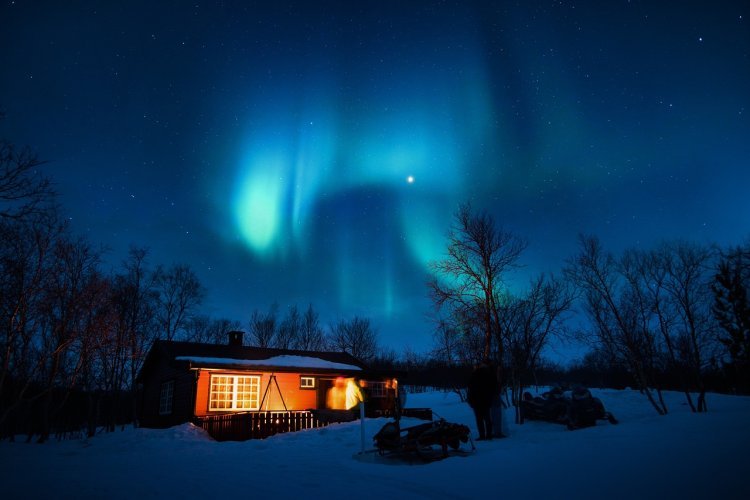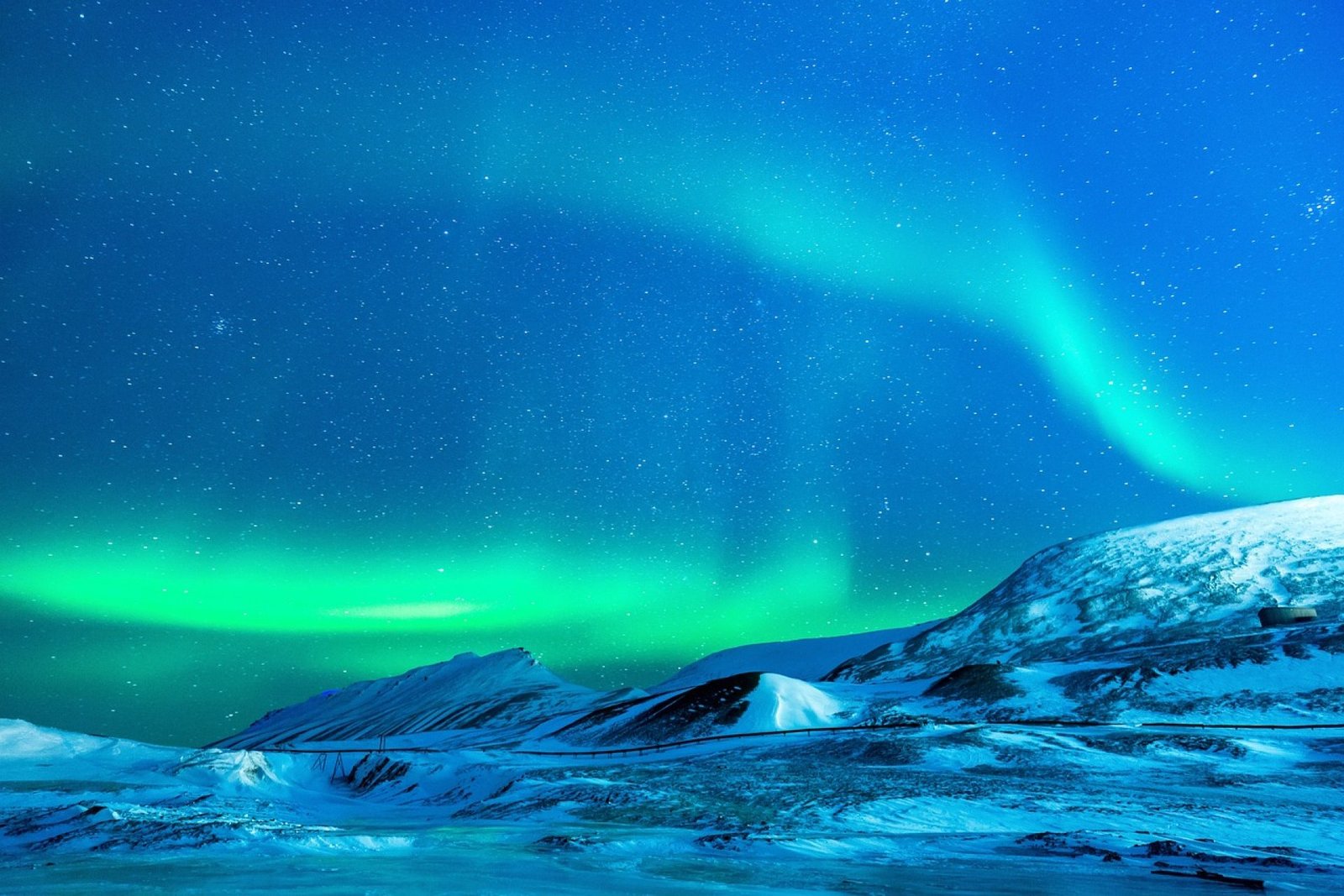Experiencing the Magic of the Northern Lights
Experiencing the Magic of the Northern Lights

The Northern Lights or Aurora Borealis is one of the wonders of nature. Found primarily in high latitude areas around the Arctic, this natural light show draws travelers with its vivid colors and ethereal motion Witnessing the Northern Lights is a bucket list experience for many, and here's a guide to help you get started on this magical journey.
Understanding the Northern Lights
Northern lights occur when energetic particles from the sun collide with atoms in Earth’s atmosphere, creating bursts of light. Thanks to the Earth’s magnetic field, this spectacular display is often seen in polar environments. The lights come in a variety of colors from green, pink, red and blue, with green being the most common.
Best places to see the Northern Lights
Norway: Located above the Arctic Circle, Tromsø is one of the best places to see the Aurora Borealis in Norway. The city has many hikes and tours designed specifically for the pursuit of the Northern Lights. The nearby Lingen Alps and Lofoten Islands also offer breathtaking views.
Iceland: Iceland’s unique landscape, including volcanic land, glaciers and geysers, provides a spectacular backdrop to the Northern Lights. Places like Thingvellir National Park, Jokulsarlon Glacial Lake and the Westfjords are great places to see the lights away from the city lights.
Sweden: Abisko National Park in Swedish Lapland is known for its clear skies and plenty of pristine light, making it a great place to view the Northern Lights. The Abisko Aurora Observatory offers guided tours and towers viewing facilities for optimal viewing conditions
Finland: Finnish Lapland is another amazing place, with places like Rovaniemi and Kakslauttenan offering exceptional accommodation
Canada: The Yukon, Northwest Territories, and parts of British Columbia and Alberta are great places to see the Canadian Northern Lights. Yellowknife in particular is known for its high chances of clear skies and frequent aurora displays.

Optimal viewing conditions
To maximize your chances of seeing the Northern Lights, consider the following tips.
When: The best time to see the Northern Lights is during the winter months, from late September to early April, when the nights are longest and the skies darkest
Location: Choose locations with minimal light pollution and clear, dark skies. Rural areas, national parks and remote areas are ideal.
Time: The lights are most active between 10pm and 2am. However, they can be seen at any time after dark, so it’s important to stay up late at night or overnight.
Weather: Clear skies are essential for viewing the Northern Lights. Check the weather forecast and aurora forecasts and plan your night viewing.
Making the most of your experience
Join a guided tour: Local guides have the knowledge to find the best places and times to see the Northern Lights. Transportation, warm clothing, and photography tips are often provided, making the experience comfortable and enjoyable.
Photography: Capturing the Northern Lights on camera takes some preparation. Use a tripod to keep your camera steady and set it in manual mode with high ISO, wide aperture and long exposure time. Experiment with different settings to get the best picture.
Keep warm: It can get very cold in northern areas, especially at night. Wear layers, warm clothes, and bring warm, dry hands to keep you comfortable while you wait for the lights to appear.
Witnessing the Northern Lights is an unforgettable experience that puts you in touch with the beauty and power of nature. Whether you choose the snowy lands of Scandinavia, the rugged terrain of Iceland, or the vast Canadian wilderness, the Aurora Borealis promises to be magic-inducing Plan your trip carefully, warm up and enjoy the Earth spectacular displays of the wonders of one of the deno.
